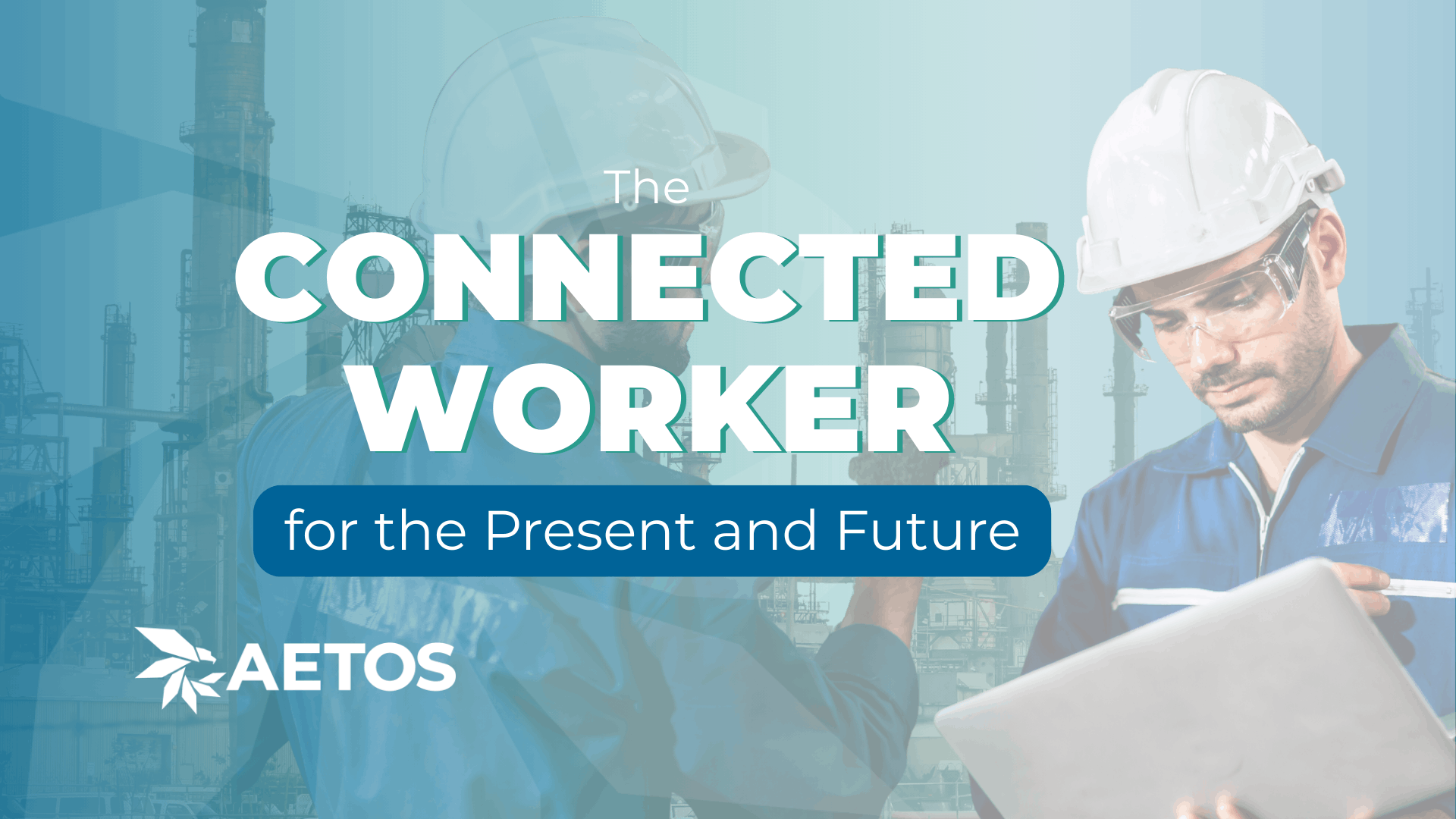How are Virtual Reality (VR) and Augmented Reality (AR) used in business?
Augmented and virtual reality hit the mainstream in the last few decades with affordable innovations and their many uses in almost every industry. What started as a strange and unconventional concept in the beginning has turned into a trend in multiple industries including healthcare, architecture, business, and more. Step by step, AR and VR are impacting the way we search, shop, interact, and learn.
The growth of both concepts is set to skyrocket – and fast. Research estimates that over 23 million jobs will be created thanks to AR and VR by 2030. Not just that – but these two will become more embedded in every field with every passing year.
VR and AR’s Impact on Every Field of Business
Every industry can benefit from this modern technology – and most of them already have to this day. VR and AR are now used to improve customer service, marketing strategies, in finance companies, to assist production, and more. Whether they simulate their new products and ideas in VR or use AR to provide more immersive experiences, businesses are eager to grasp this new opportunity to boost their potential.
One of the many uses of virtual and augmented reality is providing more captivating experiences to consumers. In many ways, this was not an option before the two were invented. People are now able to get tangible proof of what a brand offers them right in front of them, without having to leave their home.
Businesses are investing a fortune in AR/VR technology. Over 75% of top brands already have some VR or AR project in action. Some create virtual shops to give customers a sense of being in the actual physical store and increase sales, while others use 3D formats to showcase their offerings to interested parties.
The real estate industry, for example, has thrived a lot thanks to this technology. AR and VR allow real estate professionals and brands to offer more interactive tours to their customers. Virtual tours have helped the home buying process significantly. People don’t have to commute to the actual property to view and consider its purchase. They can also envision homes without having to solely use their imagination. VR and AR allow them to change the interior and exterior and get a clear image of what they’re getting.
Now, let’s check some other industries that these two have touched.
Education and Learning
This is one of the domains where both AR and VR have shown the most potential and progress. It is our job to invest into young minds and develop the future of the world. Virtual and augmented reality thrives in this domain. They have shown a tremendous success in engaging learners. Research shows that they “overwhelmingly favor the VR tool over more traditional methods”.
Healthcare
The AR/VR in this market was valued at whopping 429.6 million in 2018. It is estimated that this number will reach $2,547.6 million by 2023, which equals a CAGR growth of impressive 42.1%. This demonstrates how useful the technology has been in the health industry, and shows us that we can expect great things as it embeds further into it.
Not only have VR and AR tools been outstanding for training future healthcare professionals, but it is also amazing in rehabilitation processes and actual healthcare work.
Corporate Settings
Corporate settings thrive with the help of VR and AR. Both are used to train employees to handle difficult situations such as conflicts, used to provide useful data to improve the work of employees, etc. For example, some companies use AR and VR to train the team on emergency procedures, or to provide them with performance feedback for improved work.
Speaking of improved work, VR and AR are known to generally improve the productivity in employees, especially in the manufacturing industry. Thanks to AR, employees can complete their assignments with fewer errors and therefore, fewer costs.
Whats next for Virtual Reality and Augmented Reality
Augmented and virtual reality is nowadays used in almost every industry on a worldwide level. With new technologies being introduced on a daily basis, we are able to improve how we do things in the business world. These two help businesses reduce risks, provide better learning experiences, save unnecessary costs, improve the customer experience, etc.
Businesses that explore AR and VR and use it to improve are able to stay ahead of the curve. It goes without saying that these two will revolutionize the business world. But, we have yet to see how.



